Last Updated on March 24, 2024 by Michelle
The idea seems to intimidate folks… Using fresh milled flour to make sourdough bread.
And I get it.
The idea of using fresh milled flour at all can be intimidating, add in a live, fermented yeast culture, and even experienced cooks may run to the hills. Or I guess toss in the (kitchen) towel might be a better analogy.
But I got your back. If you want to know how to make potentially the most nutrient-dense, deeply delicious loaf of bread you will ever make, stick with me.
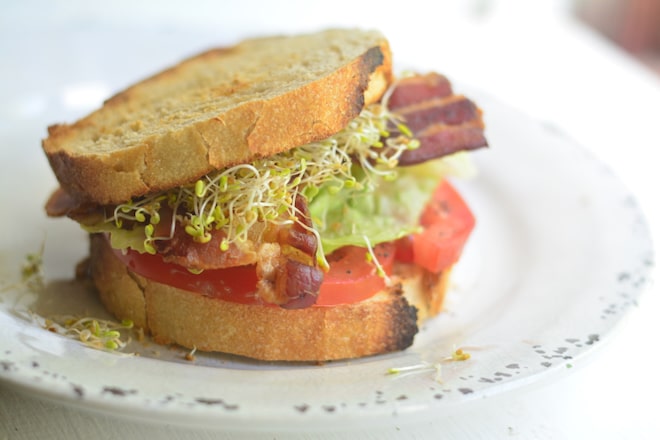
What does sourdough bread taste like when made with fresh milled flour?
Fresh flour tends to lend a nuttier, sweeter, fuller flavor than refined flour to anything you bake with it, but especially bread.
Then the delicious notes of subtle sourness brought in by your sourdough starter make this bread irresistible.
Combining the sourness of the starter + the sweet boldness of the fresh flour = perfect flavor combination.
Not to mention the health benefits of fresh flour and the fermented benefits of sourdough combined are ideal on your gut, your blood sugar, and your waistline.
What can be bad about bread that tastes amazing and is good for you?
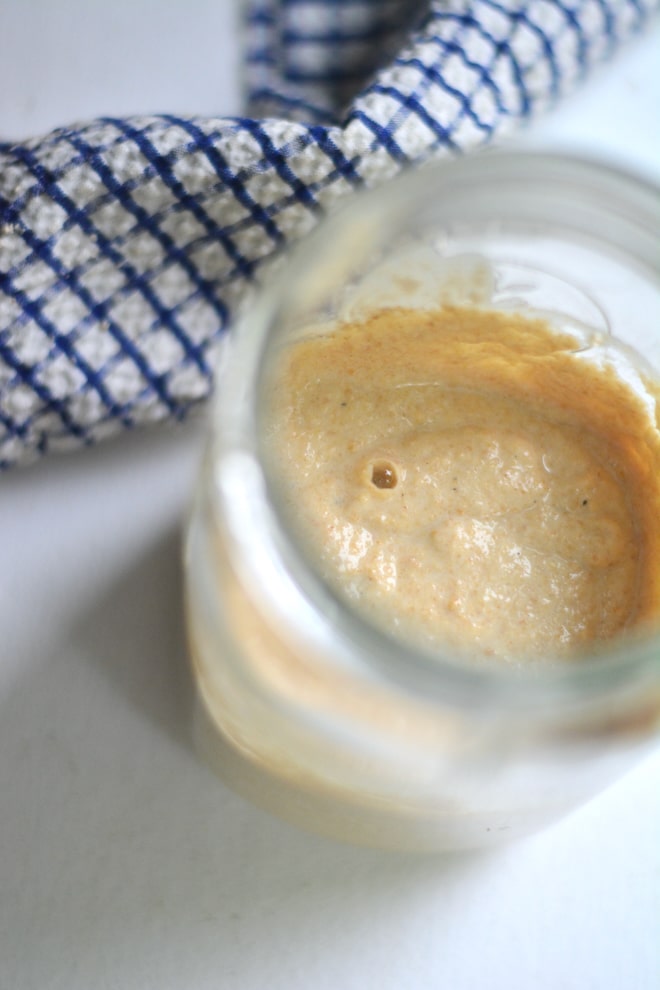
Does my sourdough starter need to be made with fresh milled flour?
If you want this to be a purely fresh flour loaf, you will need a starter made or fed consistently with fresh milled flour. But feel free to use your starter as is too, if it’s always just been feed refined flour. Either way will work fine and give you a delicious loaf of bread.
And, keep in mind that sourdough starters eat the flour you feed it through a process of fermentation, so you’re not directly eating the flour that your starter eats anyway.
Sourdough Bread Made with Fresh Milled Flour
How to make sourdough bread with fresh milled flour
The most important thing about making sourdough bread with fresh milled flour is knowing how to care for your fresh flour sourdough starter, so we’ll start there…
Unless you’re storing it in the fridge and only bringing it out to use it, you’ll want to try to feed your sourdough starter with fresh flour and water twice daily. (But I pretty much screw this up at least once a week, so keep reading.)
I like to keep my starter the consistency of heavy cake or pancake batter. This leads to less giant “holes” in each slice of bread. If you like a more open crumb (aka big air holes in your sourdough), that’s totally fine, just feed your starter more water than flour and keep it a more runny consistency.
But you will find with fresh flour there is just a little more difficulty in getting the bread to rise. A thicker starter helps combat this problem a little as well.
People ask all the time why their starter isn’t doubling in size. One answer is that you might just not be feeding it enough flour in your flour/water equation. Try feeding your starter at a thicker consistency and see if that helps.
A few sidenotes:
I tend to forget to feed my starter twice a day, a few days every week. It will survive some neglect. You will just need to spend time “building it back up” to a bubbly active starter, but that’s not too hard to do.
I don’t know the science behind it, but a fresh flour starter does seem to need to be fed more often than a regular starter. If not, it develops a hooch–that gray liquid that covers the top that is the alcohol given off as your wild yeast is fermenting. When you see hooch, no worries, just pour it off the top and feed your starter.
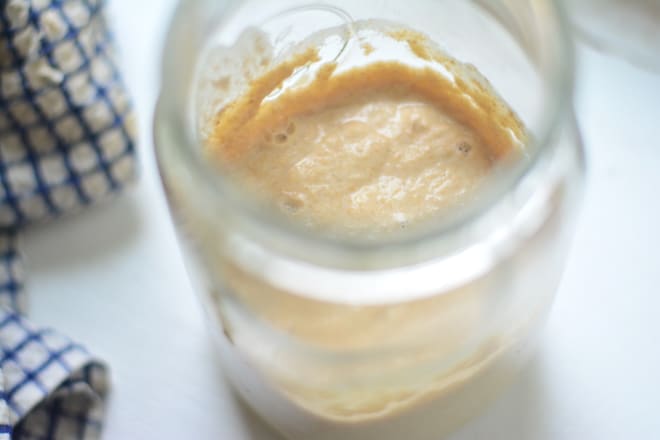
What to do the night before you’re making your sourdough bread, with fresh flour
The night before your bread-making day, you want to autolyze your flour. That’s a fancy term I learned in one of my latest reads that I’m loving, Flour Lab, by Adam Leonti. Don’t let the fancy term scare you if you’re not a bread chef and connoisseur (not many of us are, me included).
Essentially, when you autolyze flour, you’re letting the fresh milled flour and water get to know each other and rest, before any other ingredients are involved. This brief rest time hydrates the flour (which can be a little tricky to get just right with fresh flour) and activates the enzymes that are so important in the bread making process. Bonus, it makes the mixing a little easier later on too.
To autolyze the flour, all you need to do is get out a medium sized bowl and place in:
1 1/2 cups warm, filtered water
3 cups of fresh milled flour (I use this hard white wheat. About 2-2.5 cups of berries will be needed in your grain mill.)
Mix just these two ingredients, cover bowl with towel, and let them sit for at least 10 minutes. I tend to let them sit for an hour or so. today 4 1/2 hrs. (have pic of when first mixed 6/2/23) Then mix in:
1 cup sourdough starter (have pic 6/2)
After mixing, let sit for 10 additional minutes. If the dough is still too moist after resting, add a generous tablespoon more of fresh flour and mix in well. (I added 1 and 1/2 TB and mixed well. still SLIGHTLY sticky, like a little bit stays on your fingers when you play with it but not much. Now it forms a ball. have pic 6/2)
Cover your bowl with a towel & let set overnight on your kitchen counter.
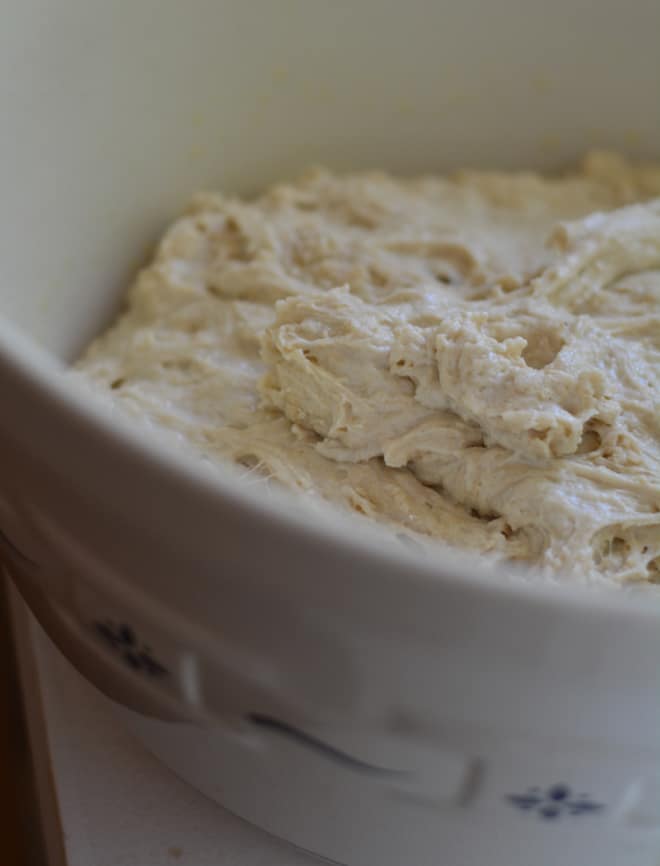
What to do the morning that you’re baking your sourdough bread, with fresh flour
In the morning, you’ll find your dough is taking up more space in the bowl.
Add these ingredients:
1 tb sugar (I use maple sugar or this organic sugar)
1 tb salt (this salt is my favorite. Use code SOULYRESTED to save)
1/2 cup of fresh milled hard white flour ( I get my wheat berries here)
Knead just until all combined and nice texture; not too sticky. If you’ve let your flour soak up the liquids for plenty of time, at this stage you will have a nice, non-sticky dough. If it is sticky, use wet hands for kneading and working with it and you should be fine.
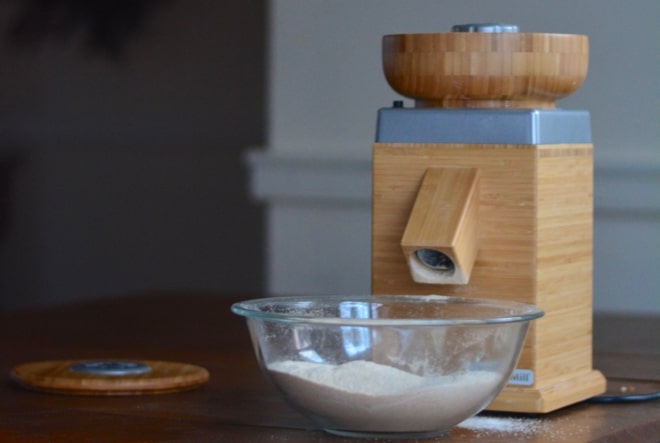
Place your dough in bowl twice its size, that you’ve prepared with a thin layer of oil (I spray on avocado oil using this wonderful tool), and cover bowl with a towel (or plastic wrap that you spray underneath, so the rising dough won’t stick to it).
What to do the afternoon that you’re baking your sourdough bread, with fresh flour
When it’s about 1.5x in size, it’s time to work with your dough. (Sourdough doesn’t double. If it does, it’s probably overproofed.)
First, get your oven preheating to 425, with your bread pan in the oven, also preheating. (I love my bread pans.) Then jiggle the dough out of the bowl and onto your counter (believe it or not, there shouldn’t be a need for flour on your counter, but dust some rice flour on if you find you need it).
Gently flatten the dough, using light finger or knuckle pressure. Create a ball of dough by pulling a top “corner” in, pressing down, and rotating your circle of dough 90 degrees. Keep doing this until your dough is no longer stretchy, about 10-12 pulls/turns. You now have a nice ball of dough. Having a nice ball now means a firmer, airy loaf of bread later.
Turn the ball over and lightly dust with rice flour. Cover with a towel and let it rest for 10 minutes. (This is called a “bench rest.”)
After 10 minutes, smooch your ball of dough into a rectangle the right length for your pan (or just a square for an artisan loaf that will be baked in a dutch oven).
I then make a kind of “house” shape then roll the dough, from the pointed “roof,” down, firmly pressing the dough together with each roll. I will pinch the seam and/or pull the log or circle of dough along the counter to try to eliminate a seam.
I place my log of dough on parchment paper inside of the lid of my ceramic bread baker. (While the bottom of the pan is preheating.) I cover it with a kitchen towel and set it in a draft-free area for about 1/2 hour.
You can know it’s done rising when a gentle finger poke doesn’t bounce back.
Score your bread then transfer to your hot baking pan.
Using the paper to lift it easily, remove the loaf out of the lid it’s been rising in, place it (on its parchment paper) into the hot bread pan, and cover with the lid.
Bake both on center rack at 425 for 20 minutes. Then remove lid and leave an additional 10 minutes or so, until crust is done.
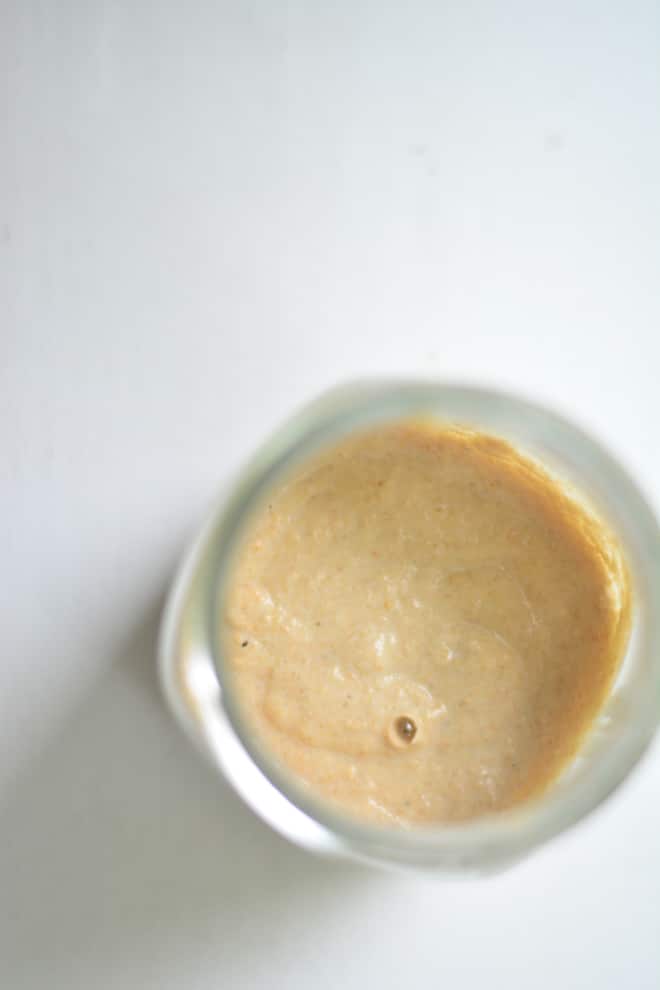
If you’re a visual person…
I documented my bread making on my instagram stories. Find the whole bread-making process right here.
While you’re there please say “hi” and follow my page. Instagram is my favorite “hang out,” & I’d love to see you there.
The hardest part of making sourdough bread with fresh flour?
This last step is possibly the hardest part of the entire process… At least it is for Bill.
You have to wait before cutting into the loaf.
If you slice into your loaf right away, you will have doughy, squishy bread. Wait 20 minutes, and you’ll have a firm, airy piece of bread that you are bound to love.
How to have the best crust on your sourdough bread?
For added amazingness, brush an egg (with a little water added) to lightly coat the top of your dough after its 2nd rise but before baking. Then sprinkle everything seasoning all over top. YUM.
Go here for my recipe for making DIY Everything Seasoning.
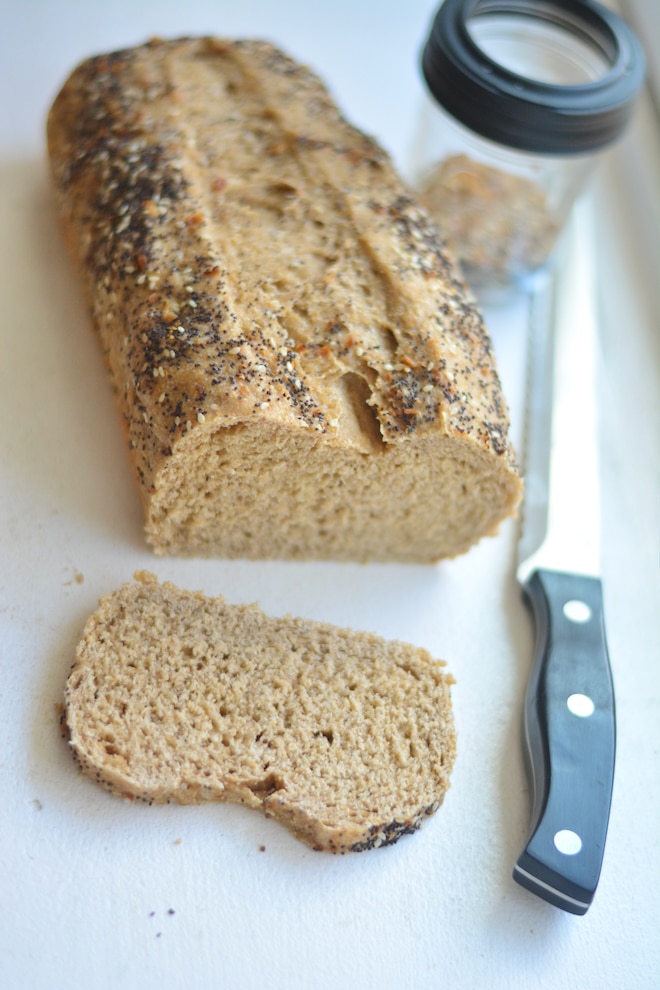
Want to know even more about fresh flour?
Go here to dive into my free e-course all about fresh flour. You’ll be glad you did.
I talk about my grain mill, as well as the 11 other kitchen tools I seriously would hate to be without, in this episode of my podcast… Click below or listen on Apple Podcasts here.
Your Questions About Making Sourdough Bread with Fresh Milled Flour
Which flour is best for feeding a sourdough starter?
It’s all a matter of preference. While I typically feed my starter hard white flour (made with these wheat berries), I will also use whatever flour I have some extra of, on hand, which is often rye or spelt. They’re not ideal, so if I have hard white in easy reach, that’s the one I use.
If you want to feed your starter store-bought refined flour, that’s okay too. Remember, sourdough starters eat the flour you feed it through a process of fermentation, so you’re not directly eating the flour that your starter eats anyway.
Can I use plain flour instead of fresh flour for my sourdough starter?
If by “plain” you mean store-bought, white refined flour, yes, you definitely can. Honestly, you can use any flour you would like to feed your starter, even if you plan to only use fresh flour for making your bread. Conversely, you can use fresh flour to feed your starter and then use refined flour to make your bread. Any way you “do” it, it’ll work, and it will be 100% better than buying store-bought sandwich bread.
Can you bake with milled flour?
I bake with fresh-milled flour all the time. My preference is Soft White.
Here’s my recipe for Chocolate Chip Cookies made with Fresh Flour
How do you use fresh milled flour?
That’s a great question with a longer answer than I can give you here, but dive into my totally free e-course on milling your own flour right here.
Products I Love Using for Making Sourdough Bread with Fresh-Milled Flour
Pssst… Want in on my real food secret? I get all the best ingredients & healthy snacks by doing my monthly food shopping with Azure Standard. Their quality and prices can’t be beat, I haven’t found quality wheat berries anywhere else anywhere near their prices, and we love to get staples there that I can’t even find at the local grocery store. See if they deliver near you.
More on Fresh Milled Flour:
- Why You Should Grind Your Own Flour (cost, health benefits, and more)
- Homemade Tortillas With Fresh Milled Flour (recipe)
- Why I Started Milling My Own Flour (and 5 tips for you)
- Chocolate Chip Cookies Made With Fresh Flour (recipe)
–> AND DON’T FORGET! … Go here to dive into my free e-course all about fresh flour. You’ll be glad you did.
“Why spend money on what is not bread, and your labor on what does not satisfy? Listen, listen to me, and eat what is good, and you will delight in the richest of fare.”Isaiah 55:2
Pin this for later!
Click on the image below to pin this post.
Find out why SoulyRested was considered to be one of the One of the Top Homesteading Blogs.
Glance at my Resource Page if you’d like to get a glimpse of all the supplies I use and recommend for everything from gardening, to homeschooling, to chicken care, to nature journaling, to maple syrup making.

I’d love to connect!
To find me in some other neck of the woods, just click any (or every!) icon below:

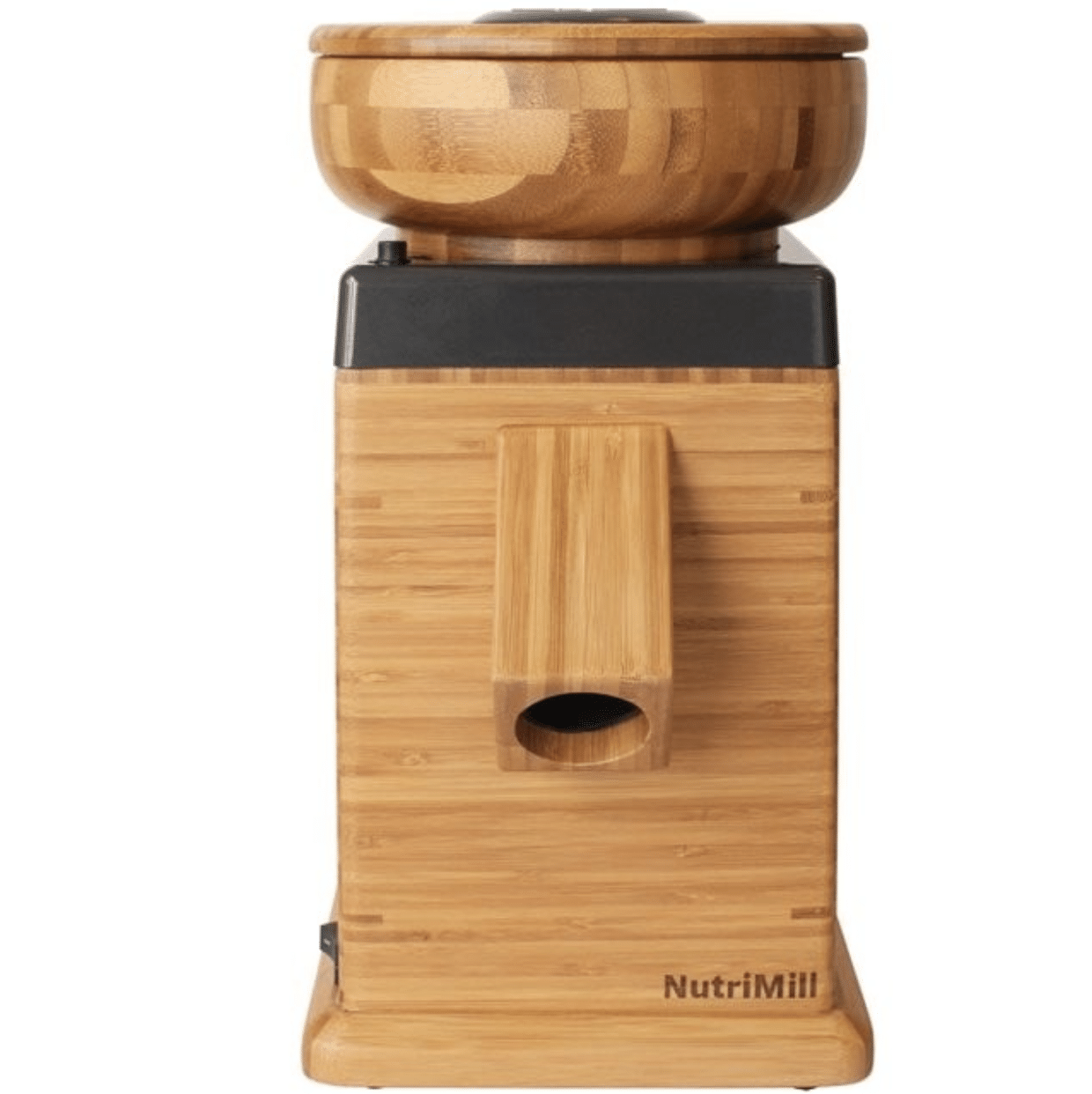
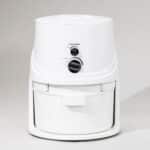
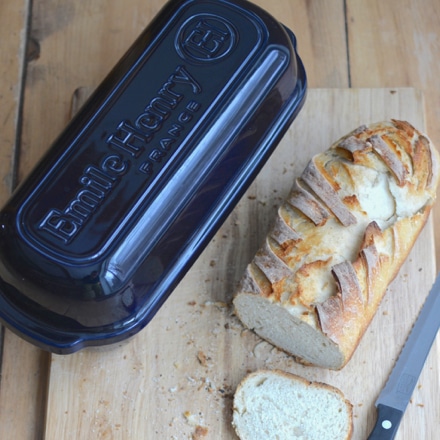
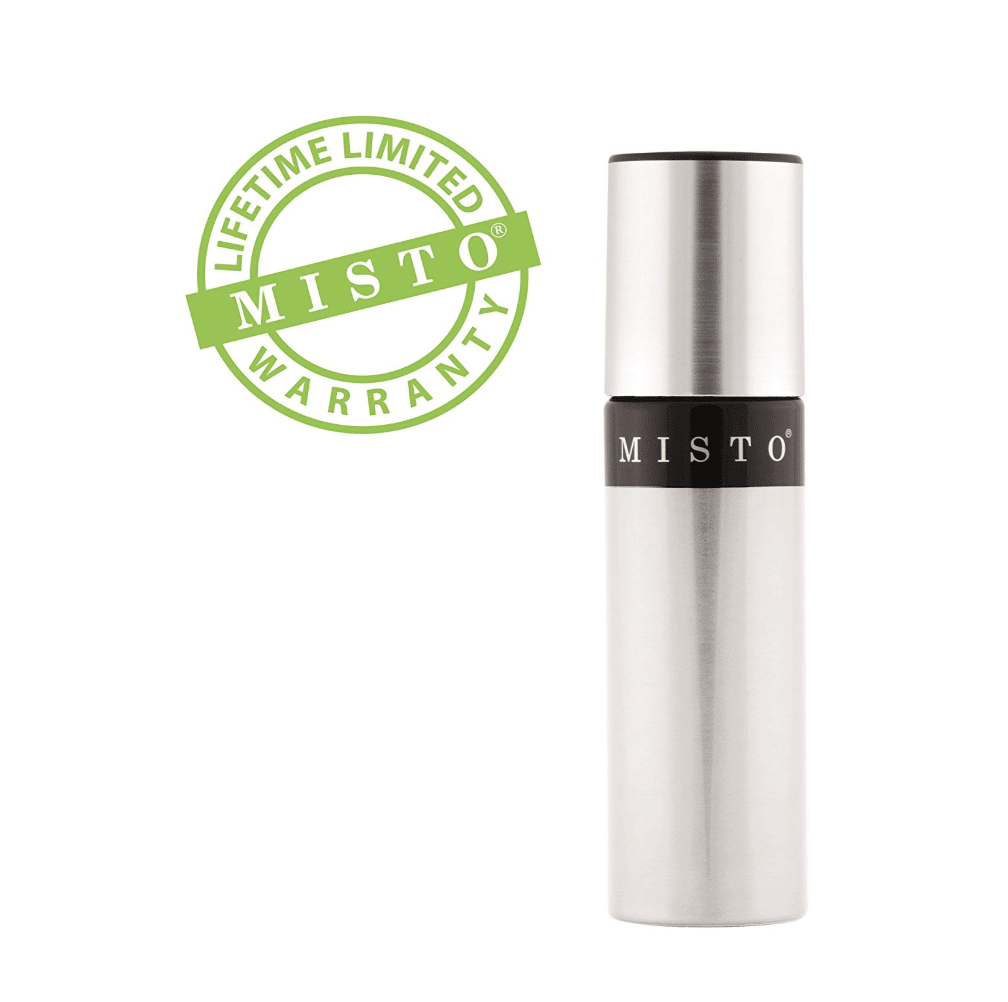
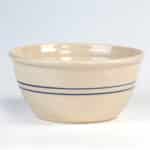
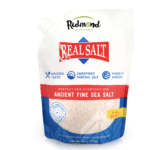
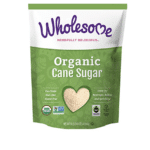
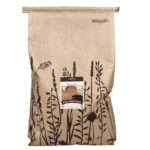
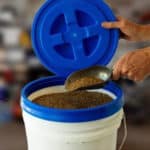
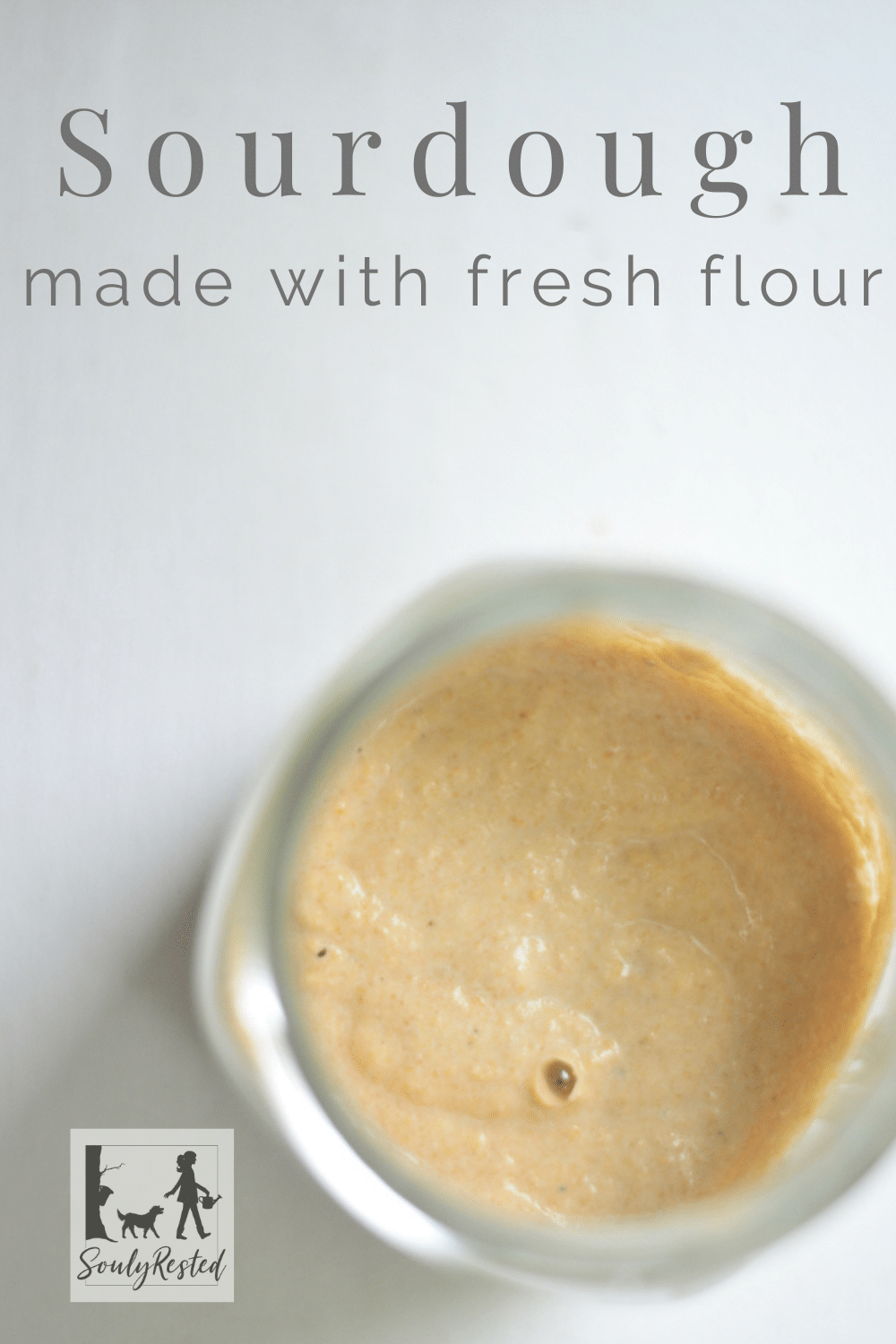





I found the Easter egg